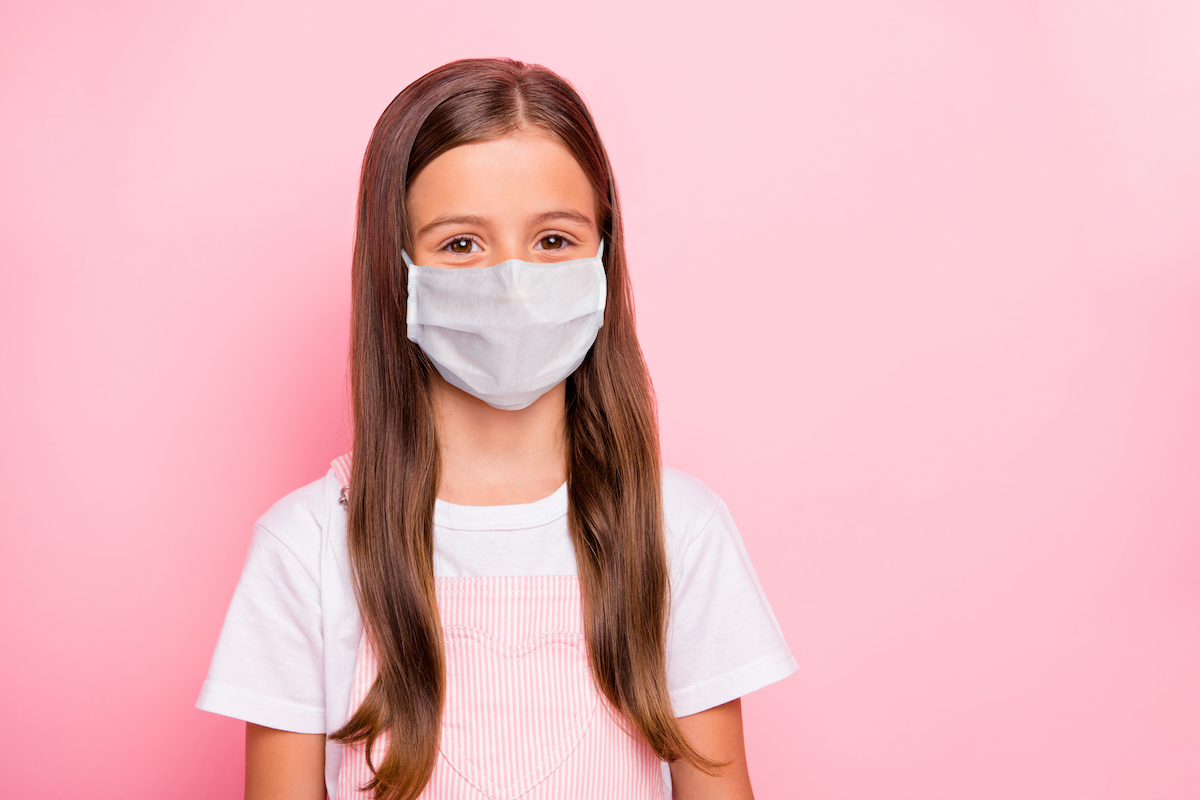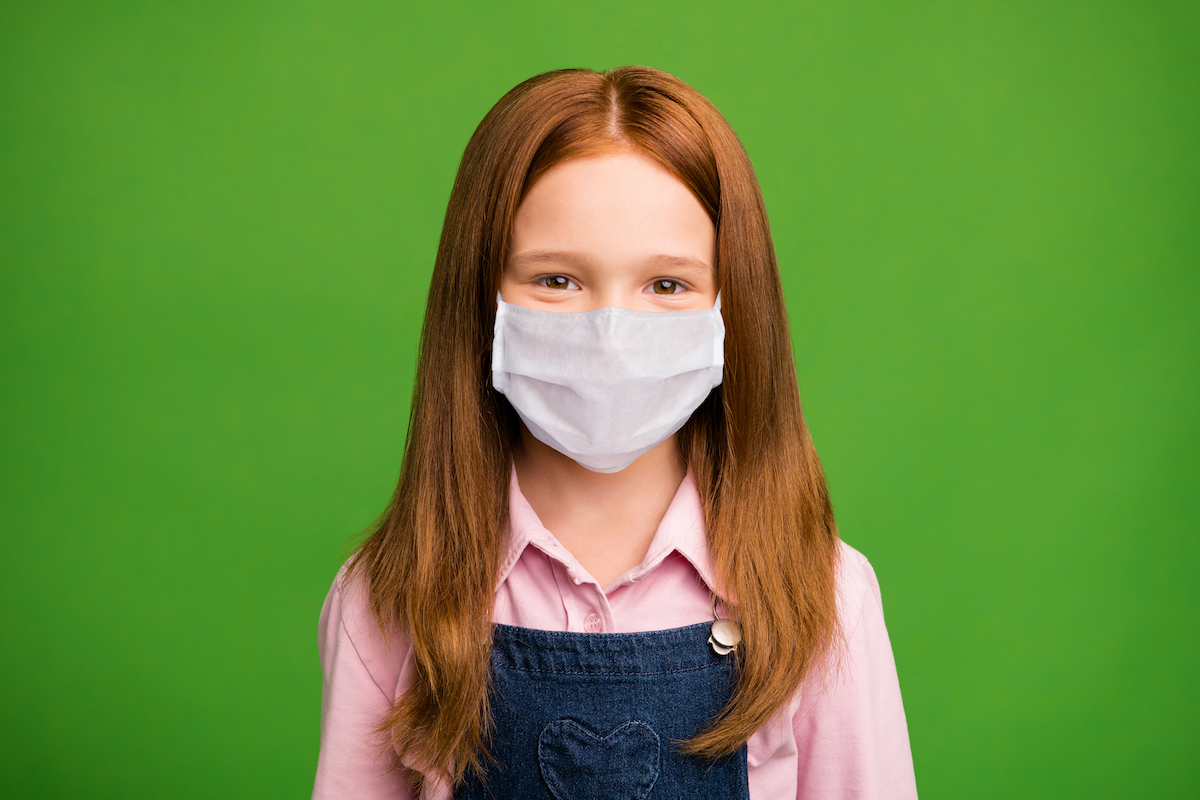Face Coverings – Do's and Don'ts
THIS PAGE IS AVAILABLE FOR ARCHIVE USE ONLY
DO:
 Staff and Students: Use your own cloth face covering, if possible. If not, Littleton Public Schools will provide you one. Your face covering should:
Staff and Students: Use your own cloth face covering, if possible. If not, Littleton Public Schools will provide you one. Your face covering should:
- Be clean and in good repair
- Fit snugly but comfortably against the side of the face
- Be secure and should cover the wearer’s nose and mouth
- Allow for breathing without restriction
- Be able to be laundered and machine dried without damage or change to shape. They should be routinely washed depending on the frequency of use.
- Be on the wearer's face
- Take breaks from wearing them:
- Off when eating
- Students should be sitting at desks or outside when eating snacks and/or lunch.
- Off when outside at recess as long as social distancing of 6 feet from others is being enforced.
- Educators consider taking “Mask Breaks” at certain, designated times of the days by taking students outside.
- When not wearing the mask, store the mask in a paper bag with the wearer's name on it and at his/her desk.
- Educators and paraprofessionals wear them while instructing or working in close proximity (one-to-one) with a student.
- Ensure both parties are wearing them correctly if at any time social distancing measures cannot be met and there is a need for two people to be less than 6 feet from one another.
- During small group instruction, reading, math groups etc. all students wear them while next to each other in a small group. Limit the time for these groups in one day. More time spread apart and facing the same direction is better for virus mitigation.
- Staff and students wear them upon entrance to the building and during passing times in hallways.
 Use hand sanitizer or wash hands for 20 seconds, before putting on the face covering and after taking it off. How to safely wear and take off a cloth face covering.
Use hand sanitizer or wash hands for 20 seconds, before putting on the face covering and after taking it off. How to safely wear and take off a cloth face covering. - When using a medical grade face covering, make sure the metal piece is on the top and over the nose and colored-side faces outward. This will ensure the pleats of the face covering are downward.
- Practice masking at home to get used to wearing a mask on the face prior to coming to school.
- Consider students/staff with disabilities that may not be able to wear a face covering. Exception requests may be submitted here.
- Health Assistants and/or back-ups shall wear a mask or a combination of a face shield and mask when working with symptomatic people in isolation room/space.
DO NOT:
- Wear neck gaiters.
- Wear masks with built-in valves or respirators.
- Touch your face and rearrange the face covering on the wearer’s face.
- Share face coverings with others.
- Touch eyes, nose or mouth when removing mask.
- Wear them under the nose, around the neck, rest under the chin or on the forehead or hanging off one ear.
- Wear loose or ill-fitting masks. This includes bandanas.
- Continue to wear a face covering that has holes, rips and tears in it.
- Continue to wear a face covering that is wet from condensation or sweat. Replace the face covering if it is damp or wet.
- Remove it to talk with someone.
- Place face coverings on young children younger than 2 years of age, anyone who has trouble breathing, sensory concerns, or is unconscious, incapacitated or otherwise unable to remove the cover with without assistance.

